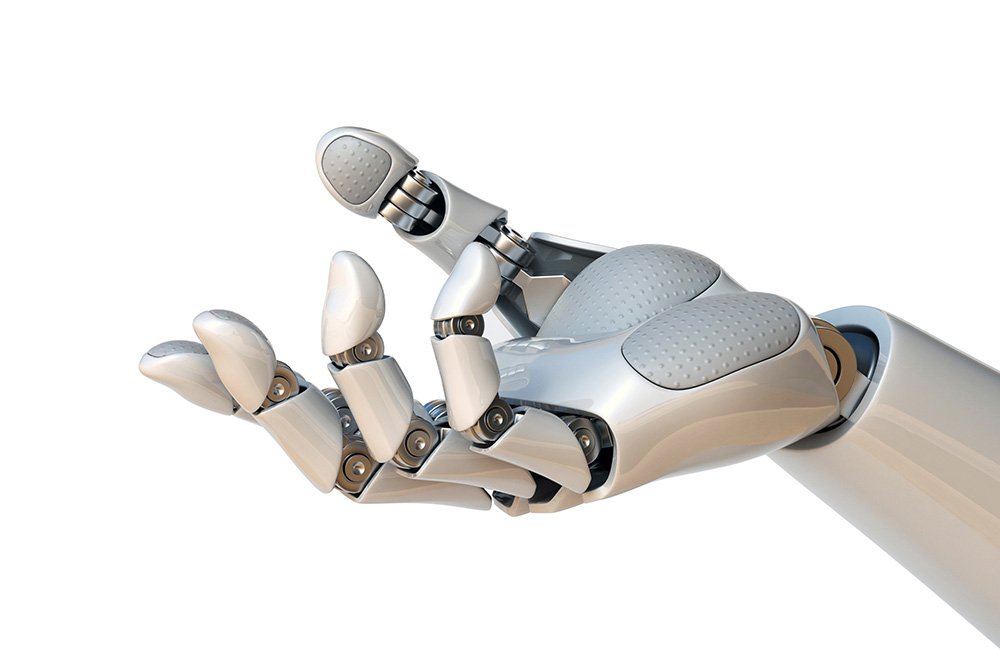
Humanoid robots, some of which are designed to operate in close interaction with humans, rely heavily on smooth and controlled joint and limb motion. This makes the selection of the brushed DC motors that power the axes of motion critical.
In addition to high torque density and responsiveness, efficiency to enable long battery life is key. Reliability is important. Achieving freedom of movement requires integrating numerous axes of motion, which is best accomplished by working closely with an expert in this field.
In education and therapy applications, humanoid robots are used to assist hands-on learning and development across a range of subjects and requirements. In the study of engineering, students can develop skills in programming. While in health and therapy settings, patients can receive rehabilitative care through human-robot interaction.
Humanoid robots can be equipped with a “brain” tailored to their specific tasks, supported by targeted programming and artificial intelligence. Despite this customization, they share a common human-like form, including hands or grippers.
While sensors and tools can be added for physical modularity, the motor skill requirements for humanoid robots remain broadly similar across various tasks.
Humanoids must move in many directions smoothly
For robot developers, the general universality in physical motion enables a single humanoid design to be used as a basis for multiple applications. However, to achieve this scale of movement and utility for widespread tasks, humanoid robots typically need to optimize 20 or more degrees of freedom. Accordingly, the operational performance of the actuators that power these axes of motion is crucial.
Portescap, which designs and manufactures miniature motors, recently specified a motion solution for an existing humanoid robot design. The robot manufacturer needed compatibility with its existing drives and controls but wanted to increase torque density and reduce mass. This would be central to improving the robot’s precision by optimizing control of movement, increasing responsiveness, and reducing inertia.
The robot developer also wanted to extend the battery lifetime, so the motors needed to have high efficiency. With more than 20 motors per unit and robots used across a diverse array of environments, reliability was also a priority. The relatively high number of motors per robot, combined with the purchasing demands of the end-user markets, meant that the need to balance cost with value was also important.
The engineering team determined that the characteristics of a brushed DC motor would best fulfill the requirements. Providing simplicity of control, this motor design would ensure integration with the humanoid’s existing architecture.
While achieving the cost point required by the OEM, the inherent characteristics of a brushed DC motor would be well-matched to a humanoid’s close human interaction, where the advantages of high torque at low speed would enable fine control.
Content retrieved from: https://www.therobotreport.com/brushed-dc-motors-find-use-in-robot-applications-humanoid-development/.






